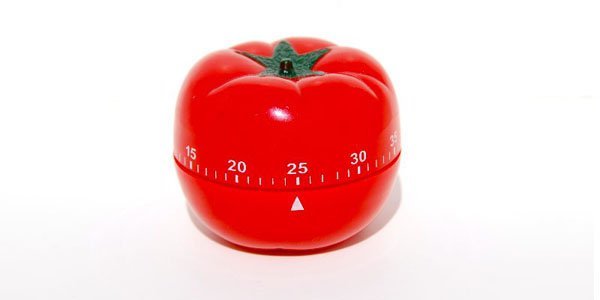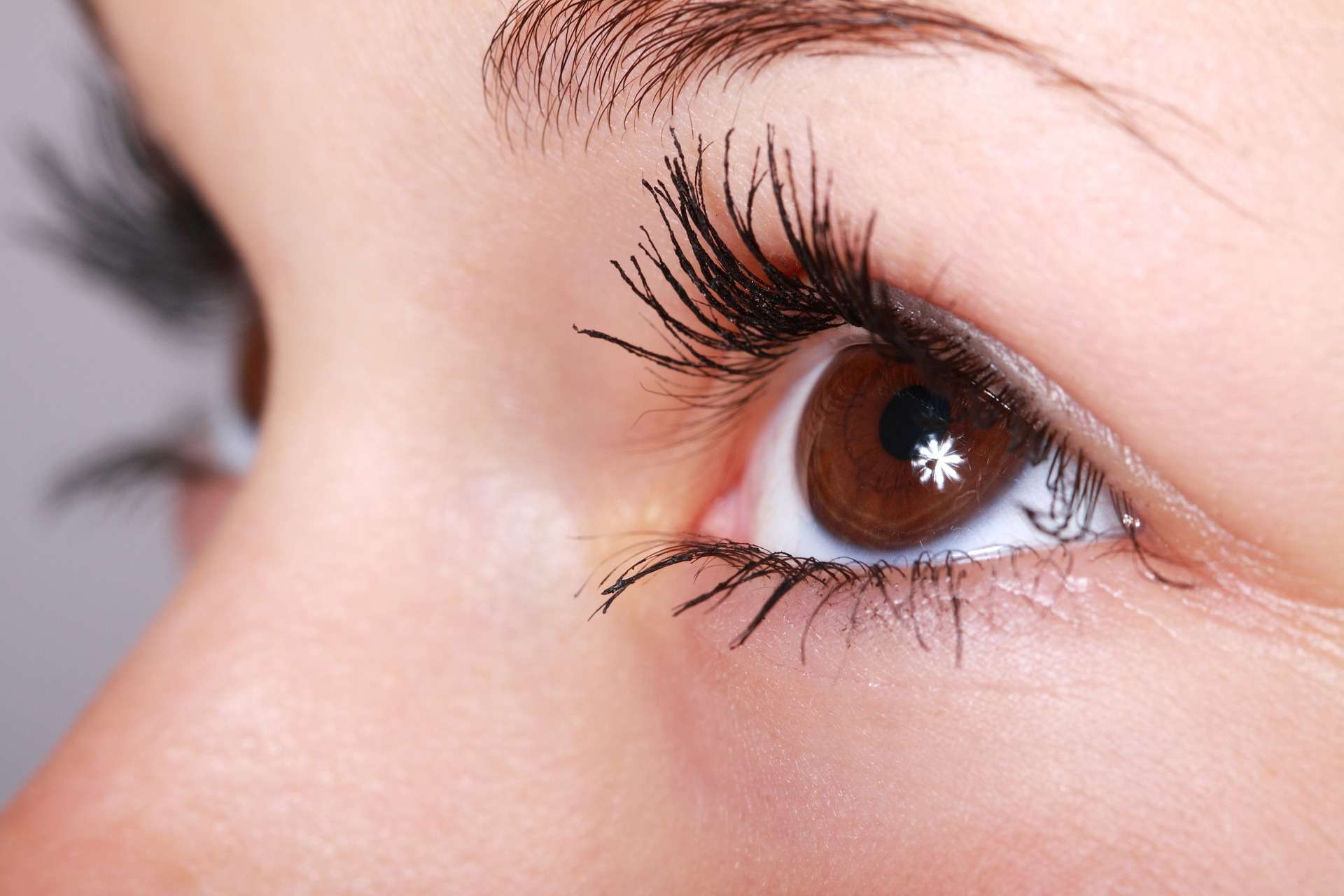Contents:
Medical Video: 13 Health Problems Your Nails Try to Warn You About
Nail appearance can open up a myriad of information about your body's health. Sometimes, a number of changes in the appearance of the nail indicate a bacterial infection or injury, but a number of other signs can refer to certain more serious diseases.
Even the nail growth rate can provide clues about your health condition that you might not have known before. Healthy fingernails grow about 3.5 mm per month, and are influenced by nutritional intake, drugs, trauma, disease, and the body's aging process.
If you notice any significant differences in your nails, including swelling, discoloration, or changes in the shape and thickness of your nails, consult your doctor as soon as possible. These symptoms may be harmless and can disappear on their own, but may also indicate a certain health condition (for example, a problem with the nail is common in diabetics).
Below is a compilation of 12 appearance of finger nails and their relationship to your health.
1. Yellow nails
Common yellow nails are caused by aging and the use of routine nail polish. Smoking also leaves yellowish stains on the surface of your fingernails.
If your fingernails are thick, brittle, and yellowish, the main cause is a fungal infection.
Very rarely, yellow nails are an indication of thyroid disease, diabetes, psoriasis, or respiratory problems (chronic bronchitis or sinusitis).
2. Nails dry, cracked, or brittle
Soft and brittle nails are the effects of dry nail plates due to swimming, routine use of acetone, or in a dry home environment. Brittle nails may also be caused by a lack of intake of vitamins A, B, and C.
Other causes are exposure to chemicals in cleaning products (washing clothes or washing dishes without gloves) or aging. To overcome this, apply a hand moisturizing cream. Although the texture is hard, nails are organs that easily absorb fluids, like skin. Use hand moisturizer products that contain hyaluronic acid, glycerin or Shea butter. Or, take biotin pills, non-prescription supplements that support healthy nail growth.
However, if this problem does not go away, consult your doctor. Sometimes, dry and easily brittle nails are one of the side effects of hypothyroidism.
3. Clubbing
Nail clubbing is a condition in which the tissue under the nail thickens and the tip of the finger is rounded and swollen. The tip of the nail grows in the direction of the fingertips.
Clubbing presumably as a result of increased blood flow to the fingertips, it is a hereditary and harmless condition. But if you are suddenly aware of this disorder, clubbing can be a sign of a lack of oxygen in the blood and is associated with lung disease, cirrhosis, or cancer.
Clubbing can also show signs and symptoms of liver, heart, kidney, or AIDS. If you are aware of this condition in your nails, consult a doctor.
4. White spots
Spots or white stains that arise on the surface of the nail are generally mild trauma reactions, not because of calcium deficiency as widely reported.
This is not a medical condition that is alarming and will disappear by itself. But if the white spot doesn't go away, it might be a fungal infection.
5. Horizontal white line (Beau's lines)
Horizontal lines on the surface of the nail may be caused by trauma or a disease followed by high fever, such as scarlet fever or pneumonia.
This condition occurs due to a system of responses that delay the growth of nails because the body prioritizes the recovery process for other problems that your body might suffer.
These horizontal white lines can also be caused by psoriasis, uncontrolled diabetes, blood circulation problems, severe iron deficiency, or reactions to certain drugs (such as chemotherapy). Horizontal but colored lines, called Meel's lines, are signs and symptoms of arsenic poisoning, Hodgkin's disease, malaria, leprosy, or carbon monoxide poisoning.
6. Vertical lines
Vertical lines are a natural sign of aging. These lines will be more clearly visible with age and not including medical conditions to worry about.
In certain cases, the vertical line on the nail may be caused by B12 and magnesium deficiency.
7. Spoon nails (Koilonychia)
If your finger nails look like a spoon, the surface plate of the nail protrudes inward and the edges grow outward, maybe you have iron deficiency type anemia, hemochromatosis (excessive iron absorption), heart disease, lupus, Raynaud's disease, or hypothyroidism .
8. Hollow or curved nails
Small holes or uneven curves on the surface of the nail can be a sign of psoriasis, eczema, Reiter's syndrome, alopecia areata, or reactive arthritis.
9. Big toe nails are thick and grow like claws
Sometimes, the big toe nails can grow very fast to thicken at the end, and look like claws. Nails like this are hard to cut with ordinary nail clippers.
This condition is called onychogryphosis, commonly found in the elderly or as a reaction to long-term pressure on toenails.
10. Blackened nails
Nails that look black because there is blood on the skin underneath, it is usually a traumatic injury caused by injury. But if the black doesn't come from the skin under the nail, but directly on the surface of the nail itself, and is followed by painful nail growth, this could be a sign of melanoma, the most deadly skin cancer. Immediately consult a doctor if you encounter this problem
Generally, subungual melanoma only affects one nail. In addition, melanoma also causes the black lines to change (for example, blackening or widening) and this pigmentation can also affect the skin of the finger around the nail.
11. White and brown nails
Half-white and half-brown nails (brown on fingertips) can be a sign of kidney failure. Doctors cannot yet know the exact relationship between the two, but one theory, kidney failure causes chemical changes in the blood that push melanin released into the nail bed. There is also another possibility that kidney failure causes an increase in the number of small blood vessels in the nail.
It is estimated that up to 40% of kidney patients have this "half-nail" condition. The same nail condition is also shown by AIDS sufferers and cancer patients who are running chemotherapy.
12. White nails
If your nail surface is white and is not caused by nails that are detached from the base, it's likely that this condition is caused by a fungal infection or a sign of lack of blood intake to the fingertips, aka Terry's nails.
Terry's nails are a condition of milky white nails with reddish or dark tips, as a result of liver cirrhosis, heart, liver, or kidney failure, diabetes, iron deficiency type anemia, chemotherapy reactions, hyperthyroidism, or malnutrition.
READ ALSO:
- Interesting unique facts for you left-handed
- Sleep, better use a bra or just take it off?
- Eits, don't jump right away! Before swimming, you should ...











